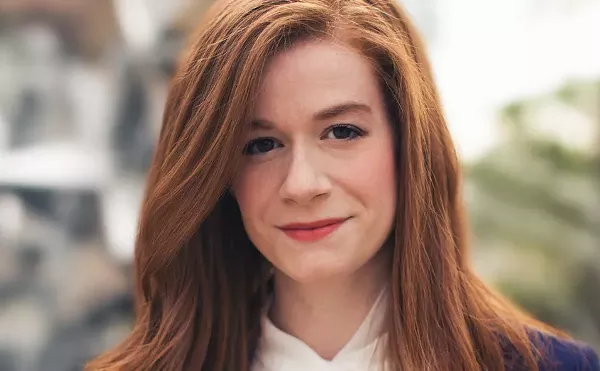In politics, strong female characters are a given. The question is, in a world where it’s still a question, how does a woman show both strength and femininity?
Ask Jill Alper of the consulting firm Dewey Square Group. She has served as a political strategist in a career that started at age 15, spanning all 50 states. She has had ample time to consider the evolving set of rules governing what a woman can and can’t wear if she expects to be heard, and not merely viewed.
Alper started her career as a tour guide at Beacon Hill, the Massachusetts state capital, then decided it “would be a great thing to watch them debate and make laws.” Upon learning that there were no female pages, she filed suit against then-Massachusetts Senate President William M. Bulger.
She met with then-Gov. Michael Dukakis, was invited to volunteer on his campaign, and then went to work for his presidential campaign after graduating Boston College.
“When I got into the process, I realized that running for office wasn’t for me. I wanted to be the person behind the scenes helping people get elected,” Alper says.
Originally from Alabama, Alper has spent a lot of time in Michigan, serving as state director for Clinton in 1992, deputy campaign manager for Sen. Carl Levin in 1990, and strategist to Detroit Mayor Dave Bing and to Jennifer Granholm on both of her gubernatorial campaigns.
“I know more about Michigan than the average bear,” she says. “I married Michigan.” In 2002, Alper married Dave Katz, senior vice president at the Detroit Medical Center.
Over the course of Alper’s career, the “rules” for how a woman dresses have shifted. “It’s not about conveying power as much as getting a clean shot at getting heard. What you’re hoping for is that they just won’t comment on styles,” Alper says.
Things to avoid — anything distracting — busy patterns, dangly earrings and fussy hairstyles.
“Colors are key,” Alper says. “Jewel tones are usually better than red, your typical power color — they’re warm. You want someone to be approachable. They [the public] see female candidates as people, not just politicians. That’s a good thing for women.”
Alper says the emphasis is on being and looking “credentialed.” It’s not about job titles, but about what a candidate has accomplished. The goal is to balance likability and strength. “You don’t put a woman in a black suit every day and turn her into a man.”
Another issue is “the wear and tear of it. You’re just so darn busy, you have to be able to move.”
In Granholm’s first campaign, she wore skirts. “It’s hard to sit. You have to wear heels. Pantsuits have become what women are wearing.” The standard now is the pantsuit with a feminine top, possibly a signature piece of jewelry, and short, manageable hair.
With offices and staff all over the country, and a busy 9-year-old to chase, Alper says she no longer wears 3-inch heels.
“I am trying to get to a classic style in a purist sense — with some zip,” she says, adding, “Travel calls for non-wrinkle, and that’s OK with me because I always burn with the iron, getting distracted by the iPad, cell, computer and iPhone!”







